642. The Road Trip within the Road Trip
In the preview I mentioned several cities "and the ride back." This entry concerns those matters.
But first, let me say again how impressed I was with Attorney General Jack Conway's speech at Fancy Farm. Clearly he has the temperament needed to be a leader for Kentucky for many years to come. Suffice it to say, I back Jack.
So, shortly after Jack spoke, and well into his opponent's rant on a variety of matters, I took matters into my own hands - literally my steering wheel - and set off on my Road Trip within the Road Trip to Fancy Farm.
I had a goal in mind - the New Madrid Bend, that little hook of land rising northward out of far northwestern Tennessee but always (and properly) shown on maps as part of Kentucky - specifically a part of Fulton County, Kentucky. For the following discussion, which will eventually get back to the New Madrid Bend, let's first remember that Kentucky was formed from part of Virginia and that Tennessee was formed from part of North Carolina, and that each of these earlier states were originally British colonies.
For the following discussion, which will eventually get back to the New Madrid Bend, let's first remember that Kentucky was formed from part of Virginia and that Tennessee was formed from part of North Carolina, and that each of these earlier states were originally British colonies.
Back on February 10, 1763, a treaty signed in Paris, France settled what was known as the Seven Years War, a feud between Great Britain and France, which on our side of the big pond was known as the French and Indian War. On that date, a date which should be learned (or learnt, as I learned) by every student of Kentucky history, the treaty set the western boundary of the colonies of Great Britain in America, and specifically the colonies of Virginia and Carolina.
That treaty granted to Great Britain everything east of the Left Bank of the Mississippi River (which includes parts of the western boundary of present-day Kentucky).
The boundary on Kentucky's southern border was first established in 1663 with Virginia's boundary settlement with the colony of Carolina, later North Carolina. That boundary was set as the 36 degree 30 minute North Latitude mark - the great 36-30 line which divides many a culture, county, and state throughout our Republic. Several surveyors set out to mark the what they believed to be the 36-30 line.
While the bottom of Kentucky should be a straight line from a point in the Cumberland Gap at "the seven pines and two black oaks" and thence west to the "Western waters," effectively the Mississippi River, any map reader will see the line meanders very slightly northwardly as it crosses from west to east - the Duncan notch south of Franklin being an exception - all the way to the Tennessee River. At that point, the survey boundary is some sixteen miles north of the 36-30 line. One problem was that they started about six miles north of the 36-30 line over at the Cumberland Gap. The line west of the Tennessee River, established in 1818 with what is known as the "Jackson Purchase" and called the Munsell Line accurately places the boundary along the 36-30 line. The entire line was eventually settled by a court case in 1859. But, there is the problem of the meandering Mississippi. In the far northwestern corner of Tennessee and southwestern corner of Kentucky, the Mississippi, as it makes its way southward wanders below the 36-30, then makes a u-turn northward back above the 36-30, then makes another to the west and continues its southerly flow below the 36-30. Thus a portion of land is both east of the Mississippi and north of the 36-30 but not connected to the rest of Kentucky. Still, according to the treaties establishing the borders in 1663 and 1763, along with the so-called "purchase" of 1818, and the court case of 1859, that land is rightfully part of Kentucky. And that's where I was headed after hearing Jack Conway's speech Saturday.
But, there is the problem of the meandering Mississippi. In the far northwestern corner of Tennessee and southwestern corner of Kentucky, the Mississippi, as it makes its way southward wanders below the 36-30, then makes a u-turn northward back above the 36-30, then makes another to the west and continues its southerly flow below the 36-30. Thus a portion of land is both east of the Mississippi and north of the 36-30 but not connected to the rest of Kentucky. Still, according to the treaties establishing the borders in 1663 and 1763, along with the so-called "purchase" of 1818, and the court case of 1859, that land is rightfully part of Kentucky. And that's where I was headed after hearing Jack Conway's speech Saturday.
My seven faithful readers know I have a practice of travelling to a place on one set of roads and returning hence on another. Getting to and from the New Madrid Bend required some planning. I left Fancy Farm southbound - nearly due southbound - along KY339 for Fulton, an old trading town situated on both sides of the Kentucky-Tennessee state line, separated by State Line Road, which is KY116. Following KY116 west, I crossed the centerline line of the road, and thus into Tennessee by turning south on CR21 into Obion County, Tennessee toward Union City. At Union City, I turned westward along SR22 toward Tiptonville, the county seat of Lake County. SR21 wraps around the bottom of Reelfoot Lake, a very shallow lake formed by the great earthquake of February 7, 1812, an earthquake felt not only in Louisville and Saint Louis, but also New York and Boston.
But Reelfoot was not my destination. To get there, I had to wander through Tiptonville, across the railroad tracks, and northward along a desolate roadway numbered as CR22 and called Kentucky Bend Road. Now I have always called my destination the New Madrid Bend, so-named for the Missouri city which is on the northern shore of the bend. But I learned in this trip that it is more regularly called the Kentucky Bend, and by the five people who live there, called simply the Bend. At the state line the quality, color, and texture of the road changes. In Kentucky the road is more just a lane, somewhat narrower, somewhat smoother, and certainly lighter in color than the red-clayed ashphalt which covers many Tennessee roadways.
We talked about the history of the place along with a little politics. I was wearing my Yarmuth for Congress t-shirt which rendered a question from Kimmel, "who is Yarmuth?" I explained. I never determined Kimmel's politics although it would be easy enough to say that they were somewhere to the right of mine. I enjoyed the history lesson, a lesson filled with the stories of the now-deceased members of the Whitson, Everette, and other families buried in the only real landmark of the island, a very well maintained cemetery.
Upon leaving Kimmel and the Bend I began my journey back to the Left Bank of the Ohio River near Milepost 606, a journey of about 320 miles and an entry which will be recorded on another day.


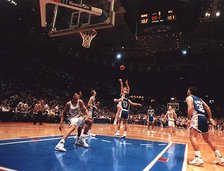




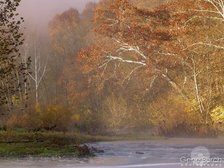








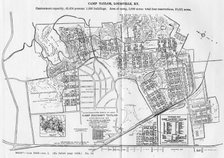
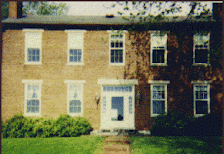

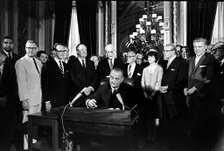

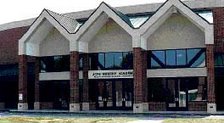
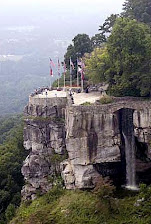

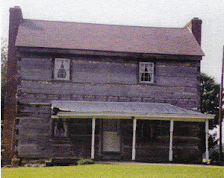
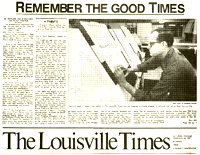
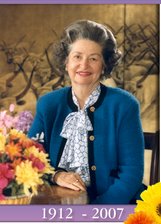
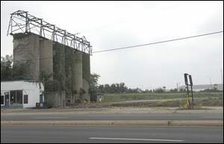
No comments:
Post a Comment